I mean to ask is it real, nominal, or personal and why?
Brief Introduction Alternate Minimum Tax or AMT as the name suggests, is an alternate tax that an assessee has to pay, subject to certain conditions, instead of the income tax liability which is computed as per normal provisions of the Income-tax law. Alternate Minimum Tax is levied to impose higherRead more
Brief Introduction
Alternate Minimum Tax or AMT as the name suggests, is an alternate tax that an assessee has to pay, subject to certain conditions, instead of the income tax liability which is computed as per normal provisions of the Income-tax law.
Alternate Minimum Tax is levied to impose higher tax liability on non-corporate assessees who have claimed various profit-link deductions or investment-linked deductions in the relevant previous year.
My answer is based on the Indian Income law i.e. Income Tax Act, 1961.
The concept behind Alternate Minimum Tax
Let’s start our discussion with MAT i.e. Minimum Alternative Tax. It applies to corporate entities or companies.
Before MAT, it was seen that companies used to declare huge dividends to their shareholders. But when it came to filing income tax returns, they used to claim various profit linked and investment-linked deductions to report very low profits and even losses to arrive at negligible tax or nil tax whereas their financial statements would report huge profits.
It is true that the government provides such profit linked or investment linked deductions to encourage business and investments, but it also needs a sufficient and regular flow of revenue in the form of tax to fund its expenditure.
Hence, to prevent misuse of deductions to evade taxes by corporates, government introduce Minimum Alternate Tax to charge such assessees a minimum rate of tax.
Alternate Minimum Tax is the same as Minimum Alternate Tax in terms of concept. The provisions related to AMT are given under section 115JC of the Income Tax Act, 1961.
Scope of AMT as per section 115JC
Alternate Minimum Tax applies to all non-corporate assessees who claimed have claimed
- Deduction claimed if any under Chapter VI-A from section 80H to 80RRB except section 80P
- Exemption under section 10AA
- Deduction under section 35AD (Investment-linked deduction)
However, there is a threshold limit for certain non-corporates.
By non-corporate assessees we mean:
- Individual
- Hindu Undivided Family (HUF)
- Firms (partnership firms)
- Co-operative societies
- Association of Persons (AOP)
- Body of Individuals (BOI)
- Artificial Juridical Person (AJP)
- Limited Liability Partnership (LLP)
AMT is applicable to all except
- Individuals
- HUF
- AOP
- BOP
- Artificial Juridical Person
If their total adjusted income does not exceed Rs 20,00,000 in the previous year.
Therefore, AMT is applicable to all other non-corporate assessees like LLP, firms and cooperative societies irrespective of their total adjusted income.
Calculation of Alternate Minimum Tax
The rate of AMT is 18.5% of the adjusted total income. This adjusted total income and the AMT on it is calculated in the following manner:

The higher of the following becomes the tax liability of the assessee:
- Alternate Minimum Tax calculated on adjustment income plus surcharges u/s 87A (4% Health and education cess)
- Income Tax calculated on taxable income (as per normal provisions)
Numerical example
Mr X is a businessman who has earned the following income and expenditure in P.Y 2020-2021: (Amount in Rupees)
Income from manufacturing business 25,00,000
Interest on saving bank account 8,000
Dividend from ABC ltd 10,000
Insurance premium paid 1,00,000
Capital expenditure made as per section 35AD 5,00,000
Mr X is eligible to claim a profit linked deduction of Rs 6,00,000.
Also, the depreciation allowed (other than under 35AD) as per Income-tax Act,1961 amounts to Rs. 3,00,000.
Following is his computation of both AMT and Income tax liability as per normal provisions.
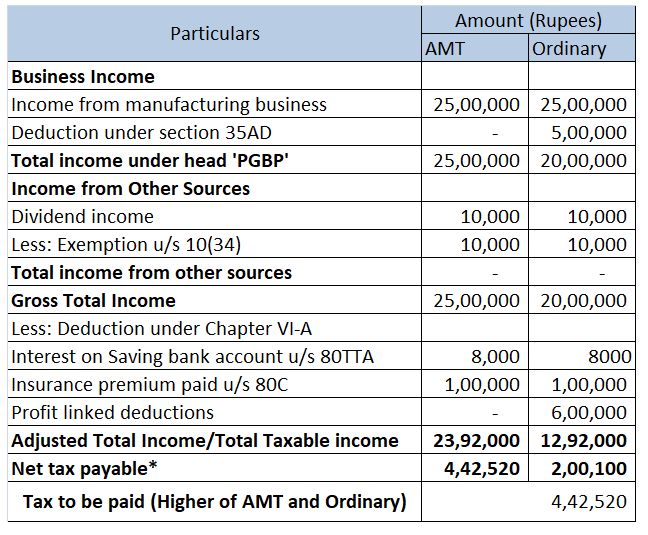
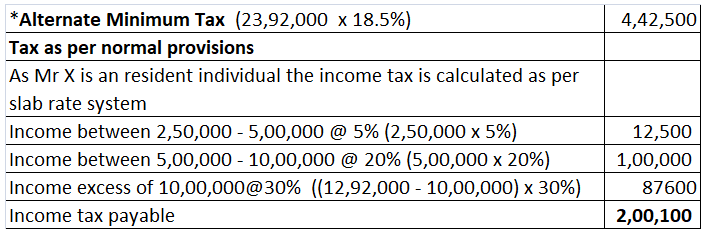
See less

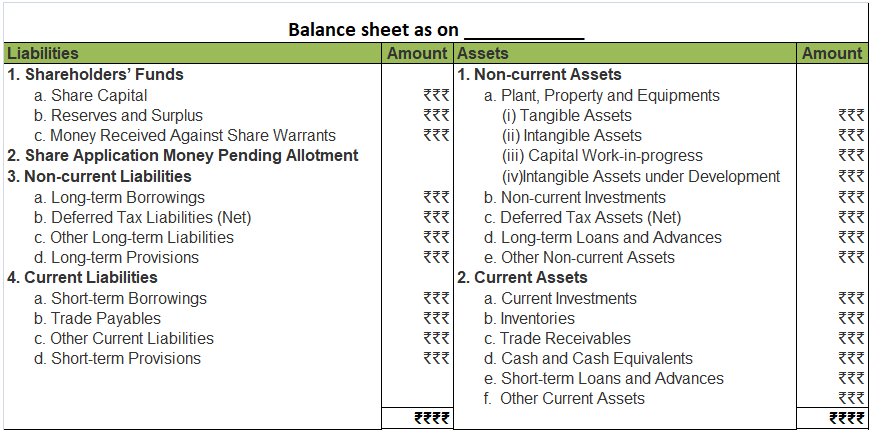
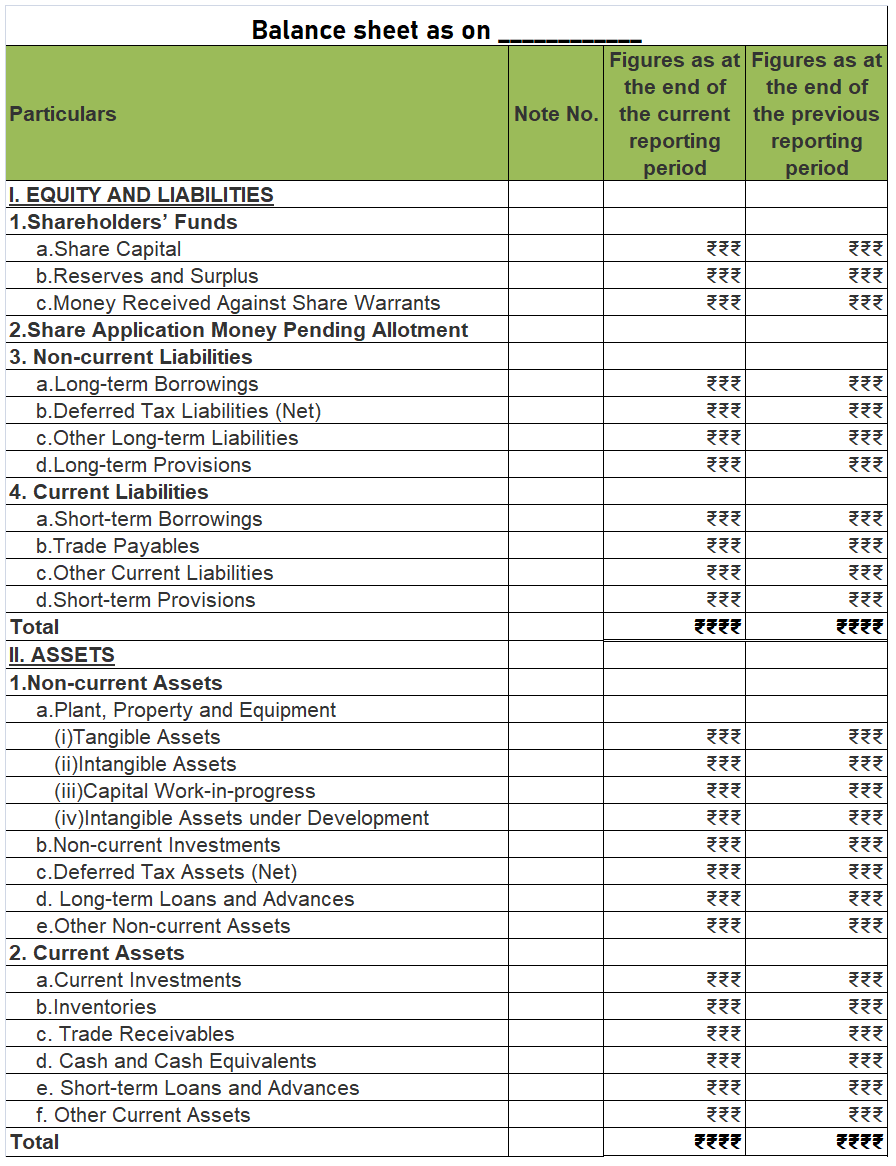
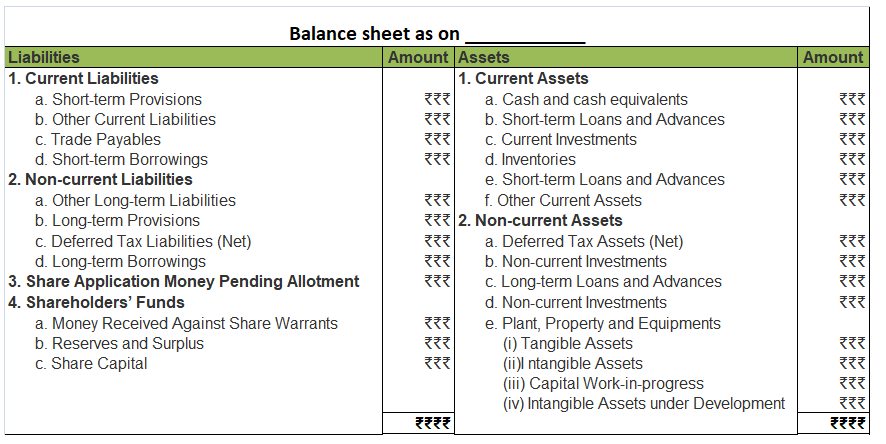
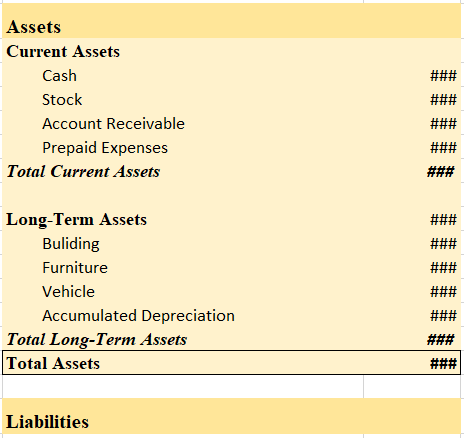



The correct option is option A. Journal is the book of original entry. It is from the journal, the postings in the ledgers are made. As it is the journal first to record the transactions, it is called the book of original entry. It is from the journal, the postings in the ledgers are made. Ledgers aRead more
The correct option is option A.
Journal is the book of original entry. It is from the journal, the postings in the ledgers are made. As it is the journal first to record the transactions, it is called the book of original entry.
It is from the journal, the postings in the ledgers are made. Ledgers are called the books of principal book of entry.
Option B Duplicate is wrong as there is no such thing as the book of duplicate entry in financial accounting. Journal entries are the first-hand record of business transactions. Hence, it cannot be the book of duplicate entries.
Option C Personal is wrong. This classification of ‘personal’ is a type of account as per traditional rules of accounting, not books of accounts
Option D Nominal is wrong. It is also a type of account as per the traditional rules of accounting.
See less